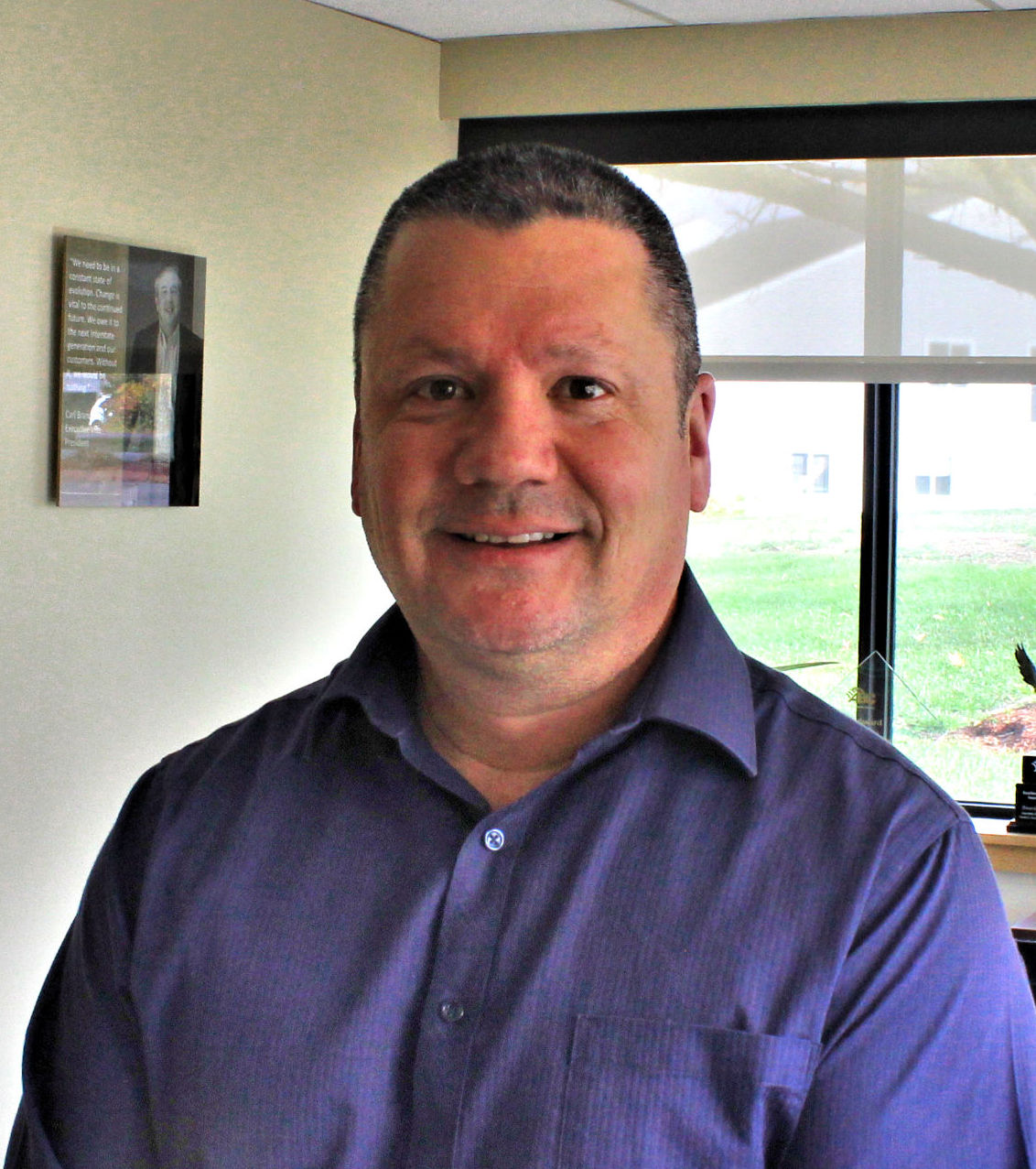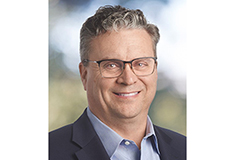News:
Construction Design & Engineering
Posted: March 20, 2008
Sanofi-aventis' new 75,000 s/f R&D facility receives LEED certification from U.S. Green Building Council
Sanofi-aventis has received LEED certification from the United States Green Building Council (USGBC) for their new R&D facility, located at 270 Albany St. Linbeck served as the construction manager for the fitout of this existing building.
Linbeck helped sanofi-aventis to plan their new facility to meet the requirements for LEED certification. The facility is currently being reviewed for a higher level of certification. Now fully occupied by sanofi-aventis, the space contains state-of-the-art laboratories, cold rooms, conferencing space, audio/visual enhanced meeting areas, and administrative offices on three floors.
According to Jason Slusher, director of operations, U.S. Research & Development for the Cambridge research center of sanofi-aventis, "Becoming LEED certified highlights the sanofi-aventis Cambridge Research Center's commitment to reducing waste and pollution, reducing energy consumption, and reducing the impact we have on the environment. This is one of many ways that US R&D is contributing to sanofi-aventis' global sustainability goals, and by creating a green work environment, we have also created a great place for our employees to work."
Sanofi-aventis, a leading global pharmaceutical company, currently possesses one of the richest and most innovative portfolios in the industry. Backed by a world-class R&D organization, sanofi-aventis is developing leading positions in seven major therapeutic areas: cardiovascular disease, thrombosis, cancer, diabetes, central nervous system
disorders, internal medicine, and vaccines. More than 75 scientists and support staff work at sanofi-aventis' 75,000 s/f Cambridge Research Center, which is within walking distance to both the Massachusetts Institute of Technology and Harvard University.
Linbeck facilitated sanofi-aventis's sustainability goals by working collaboratively with the entire project team from concept through completion to help set obtainable goals, and implement appropriate solutions. The project team established the appropriate green benchmark using the USGBC's LEED rating criteria. We used the LEED CI checklist for commercial interiors to track our green performance through design and construction. Examples of sustainable elements incorporated into the plan focused on construction waste management, materials and resource, commissioning, energy consumption, and materials selections including specification of regional materials, recycled content, certified wood, low-emitting materials, etc., and indoor air quality management during construction and before occupancy.
Our process also included cost considerations for both first costs as well as life cycle cost and the time value of money and how these factors compared with overall product and system performance and functionality. This careful screening of each idea to build the best solution for sanofi-aventis was critical to design and specification of the correct combination of materials and systems for the project. We then pulled this menu of green concepts through a virtual test kitchen of the construction phase to confirm that the materials were truly available, the systems could function in unison, and that the adoption of a certain idea did not adversely affect the performance of another related material or system. Input from the subcontractor market on these items was critical to a successful translation from vision to reality and to optimize our green profile.
Some useful tips to those planning their next green facility include:
1. Set goals and expectations early with the team and review them often.
2. Make LEED a weekly point of discussion from concept to completion and adjust the plan as needed to stay on track.
3. Assign advocates for each checklist item and check in regularly.
4. Suggest innovation points early as possible - get early rulings on acceptability.
5. Be aware of any lease provisions that may have an impact on opportunities and decision making.
6. Don't forget that education of building occupants about green concepts counts, so get the word out.
7. Don't forget that there are only 6-10 LEED points that can be influenced at the time of construction and it's not enough to get certified. The bulk of the remaining 15-20 points are controlled by the planning and design process so don't wait to get started.
Linbeck services include project management, program management and construction management.
MORE FROM Construction Design & Engineering
Timberline Construction Corp. completes renovation for Notre Dame Long Term Care facility
Worcester, MA Timberline Construction Corp. (Timberline) has completed an 18-month, 55,000 s/f renovation of the Notre Dame Long Term Care facility. The project transformed the nursing home into a modern, community-driven and patient-focused environment

Columns and Thought Leadership

Ask the Electrician: How do I prepare my commercial building for a disaster?
New England’s notorious weather – from fierce winter storms to summer squalls and fall hurricanes – can leave businesses in the dark. While power outages are often blamed on storms, they can also be caused by unforeseen events like accidents or construction mishaps.

It’s time to lead: Confronting mental health in construction - by David Watts
As we close Mental Health Awareness Month, we must be clear: May isn’t just about ribbons, hashtags, or lunchtime mindfulness apps. It’s about responsibility to confront hard truths that linger in silence, and to challenge ourselves, as leaders in our industry, to do more.

Insulation experts are the unsung heroes of our clean energy progress - by Jeffrey Saliba
While not as well-known as Nobel-prize-winning economists, politicians, or international climate activists, your local union insulators are essential to reducing harmful carbon emissions across Massachusetts. We’re proud to advocate for cleaner energy in the halls of power, as well as do the skilled, physical work in schools, office buildings,

Navigating tariffs and material uncertainty in today’s construction market - by Karl Ginand and Tiffany Gallo
As headlines around tariffs seem to dominate the news daily, many considering construction projects have anticipated major cost escalations and widespread supply issues. While tariffs haven’t driven pricing spikes to the extent once feared, the lasting impact has been a new layer of uncertainty, affecting more than just budgets.

 (1) (1).png)








.png)
.png)